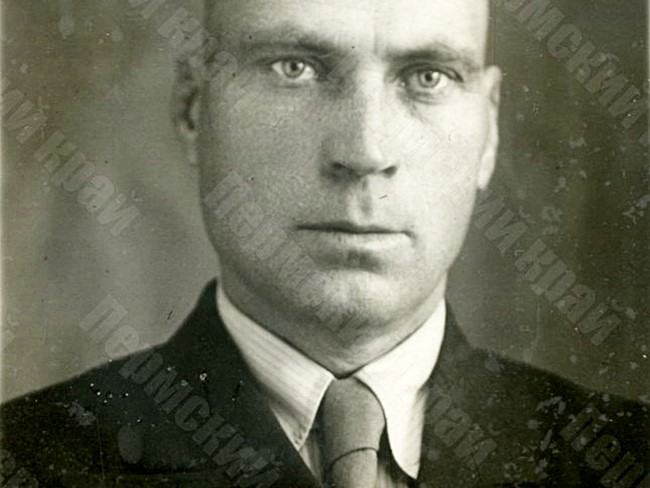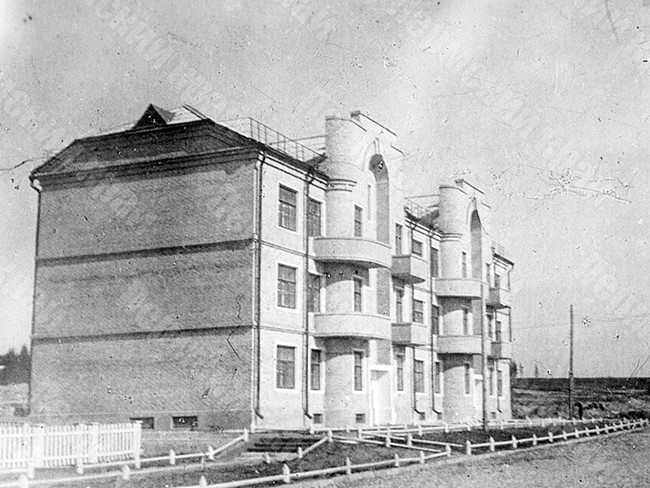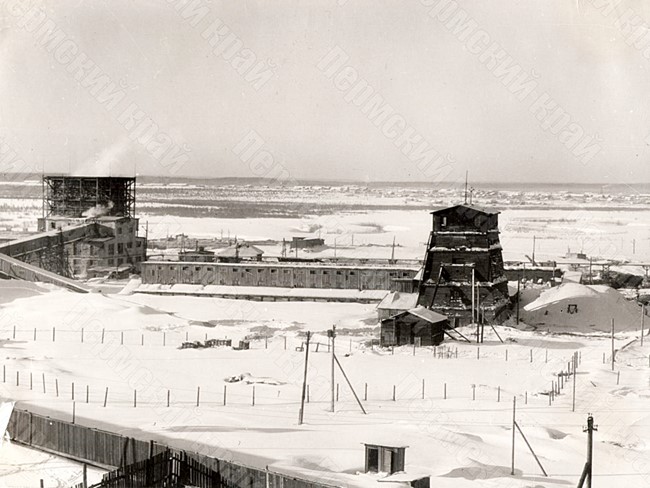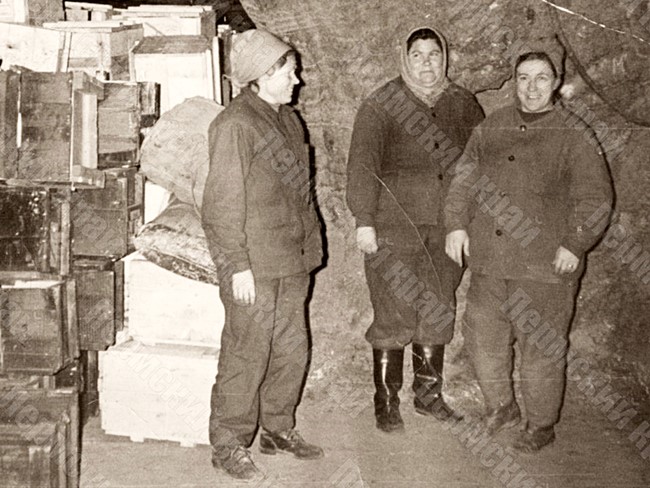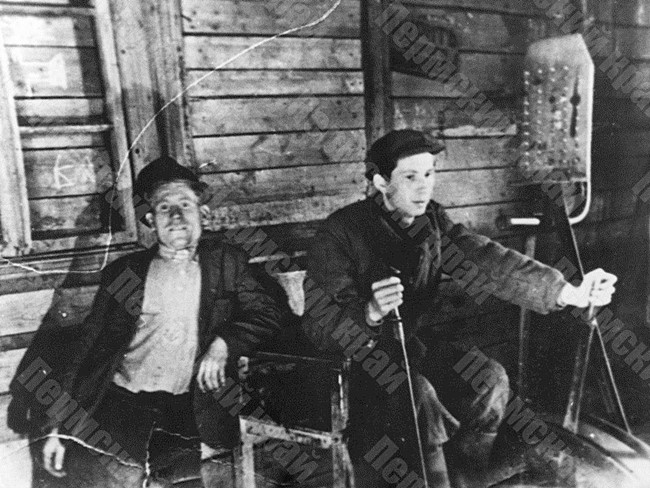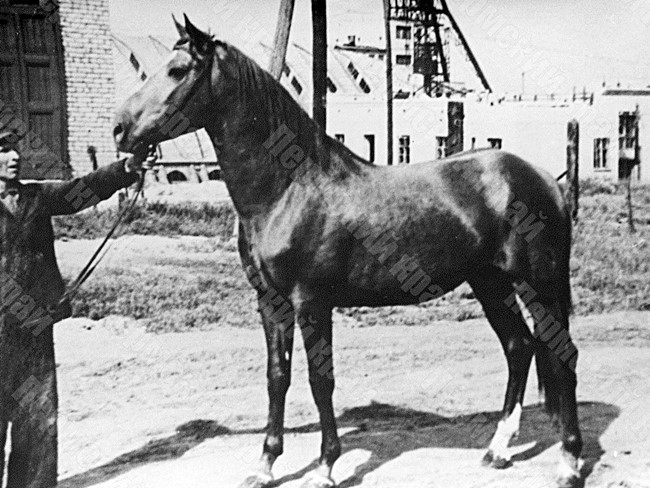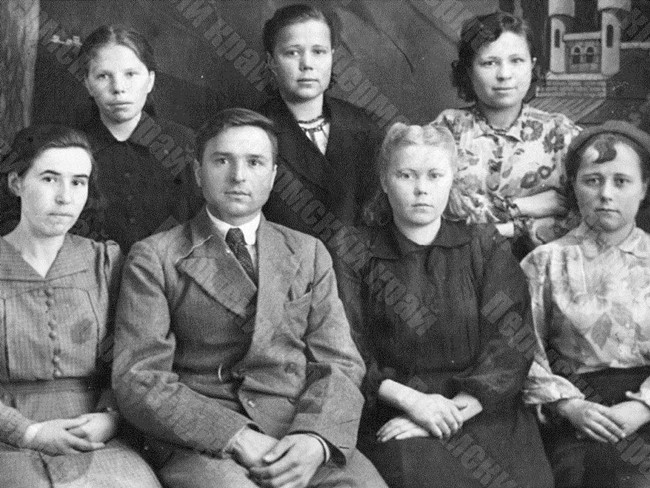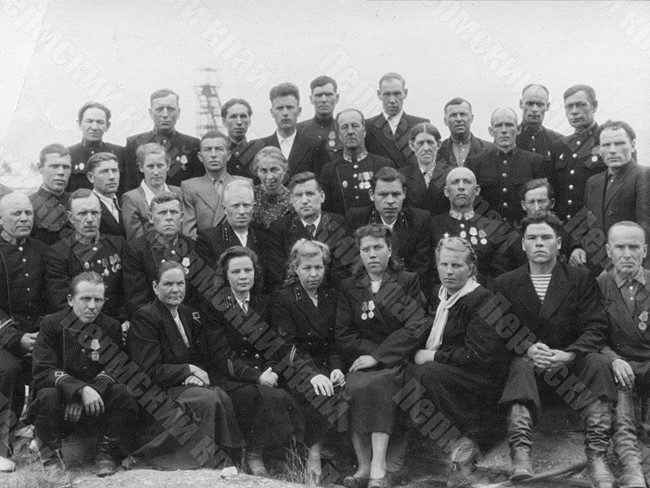Personal Stories
The Story of Nina Kobas - a Telephone Operator at the Berezniki Potash Combine
Nina Iosifovna Kobas came to the city of Berezniki from the city of Solikamsk in 1935. For more than five years she worked at the Berezniki city telephone exchange, and in 1942 she became a telephone operator at the Berezniki Potash Combine. In those years the telephone exchange of the combine was in a small house, in which there were only two rooms: one was occupied by telephone operators, and the other was occupied by communication lines repairmen.
Despite the experience of working at the city telephone exchange, it was not easy for Nina Kobas to cope with her duties. The work day was 12 hours long and the combine had to be always in touch. Telephone exchange workers had to be both telephone operators and dispatchers. In the event of an emergency at the combine, they had to notify all the leading employees of the enterprise immediately, wherever they were. Nina and the other telephone operators were on several occasions sent to work on earthworks for telephone cable-laying for new production facilities. There were also other situations where the life of the company’s workers depended on the operational effectiveness of the telephone operators.
In December 1943, a group of workers of the Berezniki Potash Combine was sent in two trucks to Solikamsk for explosives when the combine ran out. Having retrieved the explosives, those workers headed off to Berezniki, however, shortly after leaving Solikamsk, the engines of the trucks froze due to severe frosts. The nearest village reported the incident to Solikamsk, and from Solikamsk they called the Berezniki Potash Combine and relayed the information to Nina Kobas. The situation was very difficult. The frost in the Solikamsk area was then below - 35 degrees Celsius, and the employees of the Berezniki Potash Combine could not leave the trucks filled with explosives on the road and go to a neighbouring village. In Solikamsk, there were no free trucks that could be sent to reload the explosives at the place where the trucks of the Berezniki Potash Combine stopped.
Having received a message from Solikamsk, Nina immediately informed Viktor Flegontov, the director of the Berezniki Potash Combine. Viktor Flegontov was in a staff meeting, however, Nina Kobas managed to contact him and explain the situation. Viktor Flegontov gave the order to immediately send two more trucks with loaders to the rescue of the employees who were stuck near Solikamsk. They managed to quickly get to the place where the first group stopped, the explosives were reloaded onto the vehicles that arrived, and the frozen workers of the combine were warmed up.
Later the workers of the Berezniki Potash Combine, who were stuck near Solikamsk, repeatedly thanked Nina Kobas for her promptness in that situation.
On May 9th, 1945, Nina was the first at the Berezniki Potash Combine to receive the news of the end of the Great Patriotic War. Later she recalled that day as one of the happiest of her life.
There Was a People's War. Collection of documents and memoirs. - Berezniki, 2014, p. 184
Solikamsk
Berezniki
Kizel
